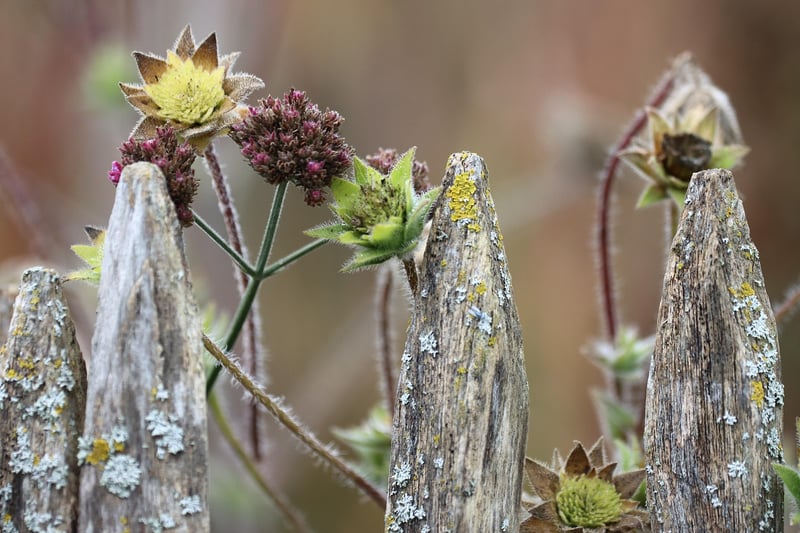Pruning Techniques
#Indoor Plants
#Gardening Tips
#Plant Maintenance
Essential Plant Care Practices + Pruning Techniques
Introduction
Plants are a beautiful addition to any indoor or outdoor space, but to keep them thriving, it's essential to provide proper care. In this guide, we'll explore some essential plant care practices and pruning techniques to help your plants flourish.
Essential Plant Care Practices
- Watering: Ensure your plants receive adequate water based on their specific needs. Overwatering or underwatering can harm your plants.
- Light: Place your plants in locations that provide the right amount of light. Some plants require direct sunlight, while others thrive in indirect light.
- Fertilizing: Feed your plants with the appropriate fertilizer to promote healthy growth. Be cautious not to over-fertilize, as it can damage the plant.
- Repotting: As plants grow, they may outgrow their containers. Repot them into larger pots to provide ample space for roots to expand.
- Cleaning: Regularly dust off leaves and inspect plants for pests or diseases. Clean plants are healthier plants.
Pruning Techniques
Pruning is a crucial practice to maintain the health and appearance of your plants. Here are some pruning techniques to keep in mind:
- Deadheading: Remove spent flowers to encourage new growth and prolong blooming.
- Thinning: Remove overcrowded or crossing branches to improve air circulation and light penetration.
- Heading back: Cut back the tips of stems to encourage bushier growth and prevent legginess.
- Pinching: Pinch off the tips of young plant shoots to promote branching and create a fuller plant.
Conclusion
By following these essential plant care practices and pruning techniques, you can ensure that your plants not only survive but thrive. Remember to observe your plants regularly and adjust your care routine based on their individual needs. Happy gardening!

Image source: Pixabay
